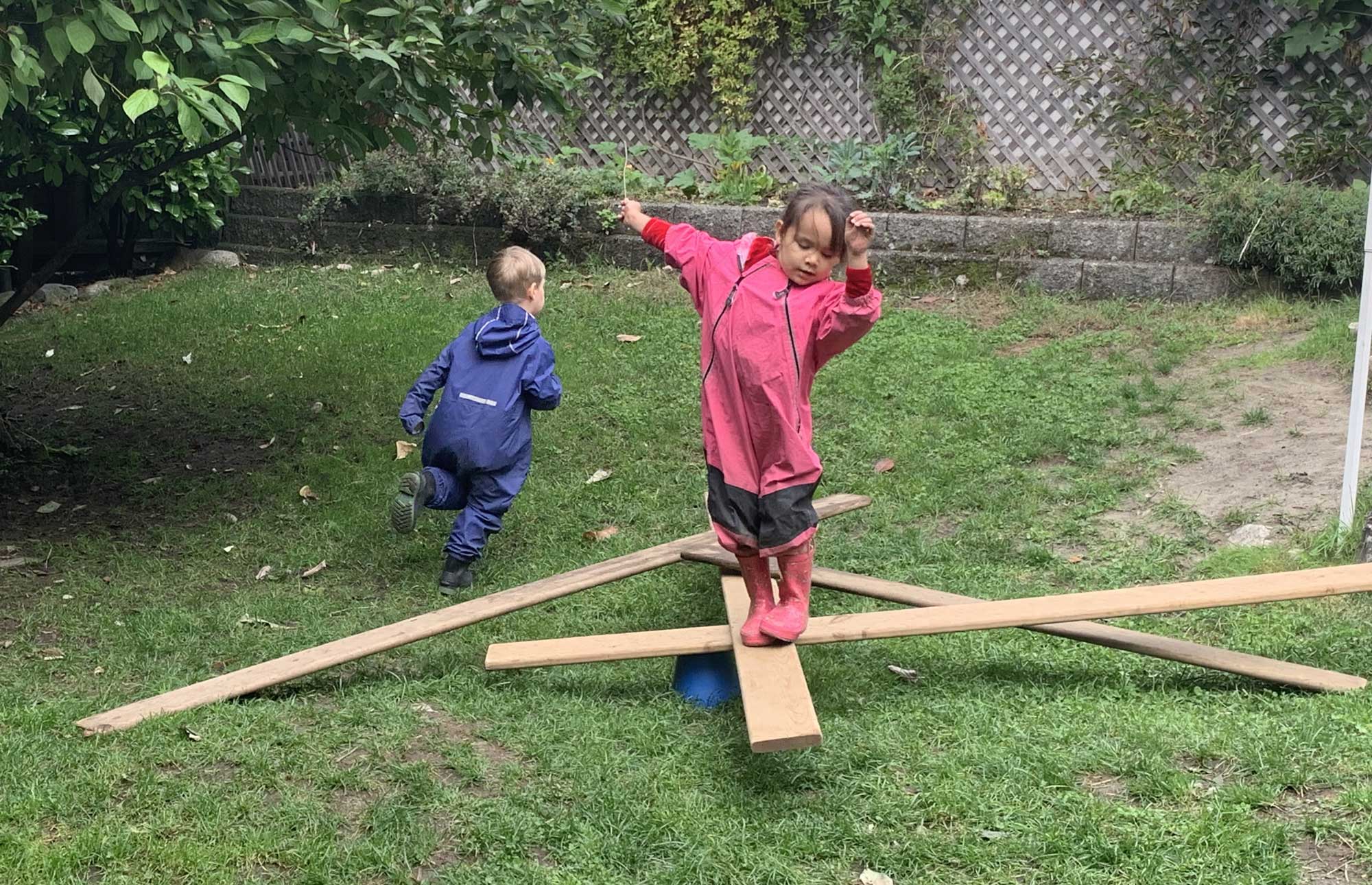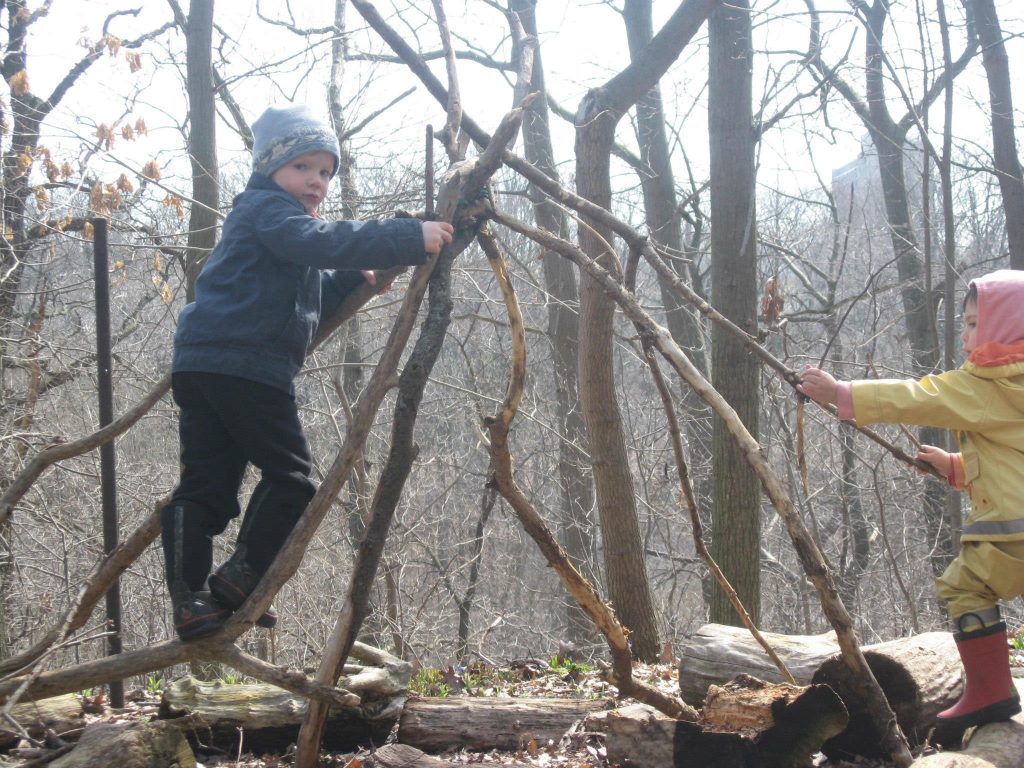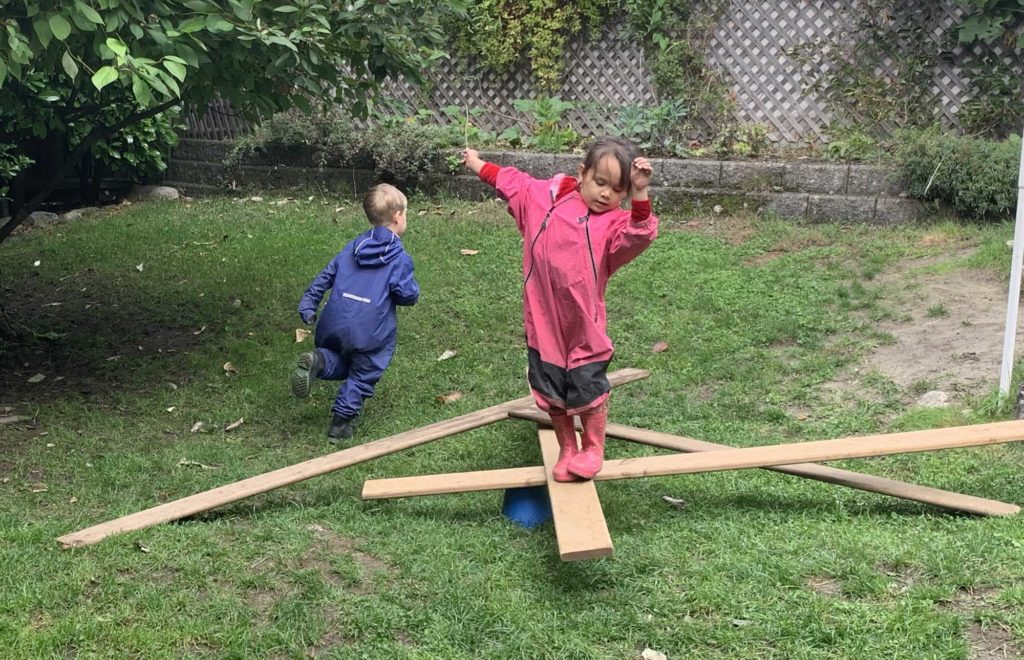March 27, 2022
March has a little bit of sunshine and a little bit of wild, much like all of us. Maybe March is the ultimate human experience personified in weather!

I read this a few days ago at The Parenting Passageway and it certainly rang true. Having four very different seasons of the year is part of what I love about the Midwest, where I live. We can sink into the mood of each season, but the transitions keep us on our toes. We don’t always know what to expect, we can’t always count on it and we have to learn to adapt. The weather is full of sunshine and clouds, droughts and downpours and we get to experience it all, inside and out. It is a gift that encourages us to stand on our own, centered and balanced within.
What’s interesting about this cultivation of balance is that it is also connected with growth. When we come into physical balance, what do we experience? As our mind comes to stillness, our awareness expands and takes anchor in the environment. It’s a subtle feeling, but it’s there. This expansion is actually “growing”. Take that a step further- what needs to happen before we are willing to grow intentionally? We have to feel calm and centered, and we are only calm and centered when we are in balance.
 What is true balance?
What is true balance?
When we speak about balance, people most often consider physical, or vestibular, balance. It is hugely important because it is connected to several other capacities, including other forms of balance. It is interrelated to the three other foundational senses: touch, life and self-movement. It is connected to speech and hearing, and it helps to develop self-continuity. There are a myriad of articles available to learn more about vestibular balance, and ideas on how to support its development.
I find that the most crucial component of developing true vestibular balance is understanding that balance exists as inner stillness. Children are constantly in motion, whether it’s because they are running around at play, moving between activities, or being mentally stimulated (yes, that can be a form of movement, too). The push to keep moving is influenced by our current culture, and it only increases as we age. It’s natural for humans to be on the move, to want to be stimulated. After all, we are here to learn, to grow and to make our individual mark on the world. Yet, the whole picture of a healthy, capable and well-balanced human being includes the opposite pole of movement: stillness. We can’t actually learn and grow without it.
To have inner stillness brings balance to the whole spectrum of life: balance in our doing, balance in our feeling, and balance in our thinking. It cultivates security, harmony, resilience. This is what allows us to feel safe enough to expand beyond our comforts and take voyage into new territories. It helps us feel anchored enough to encounter the unexpected, unusual, and unwanted situations in life and calmly think about how to manage them. It allows us to openly receive others, to build connections and positive relationships.
Our children are like the saplings of spring swaying in the wild winds, growing roots to anchor (center) themselves and growing branches to continue embracing the world. We are not just their mother tree, providing the model, we are also the soil from which they grow. A tree must have fertile, nutrient-balanced soil to grow strongly, doesn’t it? Perhaps we can consider this spring an opportunity to examine balance in our lives, within our home or school, and within ourselves. We might ask, how are we providing and cultivating balance for our children?

Do you want to explore this topic further? Join us for Building a Strong Foundation, which starts on April 6th! Learn about the four foundational senses of Touch, Life, Movement and Balance, and how to nurture in the care of young children. Click the link below for all the details!
Building a Strong Foundation: Care of the Young Child’s Senses

You are a continuous source of inspiration, Acacia. Thank you.